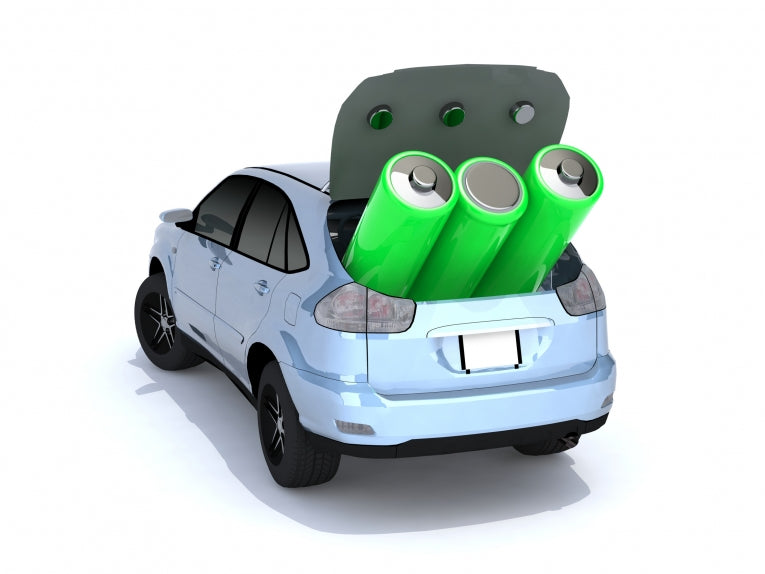Advances in battery technology such as lithium-air batteries are unlikely to happen soon. Electric vehicles are gaining popularity around the world, but their potential for becoming completely mainstream remains hampered by the limited range of their lithium-ion batteries.
In order for electric vehicles to produce the power equivalent of a tank of petrol, they would need to carry many more batteries which would prove impractical due to weight and space restrictions.
Researchers, however, believe that by replacing a single electrode in a lithium-ion battery with air, it would be possible for a battery of the same size and weight to hold up to 10 times more energy - potentially harnessing the same energy density as petrol. Such lithium-air batteries have an anode made of lithium which is oxidised by the oxygen cathode (drawn from surrounding air), releasing energy. Pumping electricity into the battery reverses the procedure, pushing out the oxygen and leaving pure lithium.
However, scientists suspect that it may be some time before this technology becomes feasible. Ming Au, Principal Scientist at Savannah River National Laboratory (SRNL) in South Carolina, says that in order to develop such a battery, ''You need to have some big investment from the government or a corporation,'' and points out that lithium-ion batteries were first discussed in 1976, but didn't enter the market until 1997.''You can certainly make a lithium-air battery for one-time usage,'' says Au. ''But to make this battery rechargeable is difficult.''
Lithium oxide - the product created when the battery discharges - is liable to build up and restrict the number of charge and discharge cycles the battery can undertake. In order to prove successful in electric vehicles, lithium-air batteries would have to deal with thousands of such cycles.
The SRNL group is currently undertaking a two-year project which aims to find a solution for some of the challenges faced by lithium-air batteries (including their high volatility with water), but at this stage - while lithium-ion batteries can handle 1000 charge/discharge cycles - SRNL-s lithium-air battery can only manage around 50.










